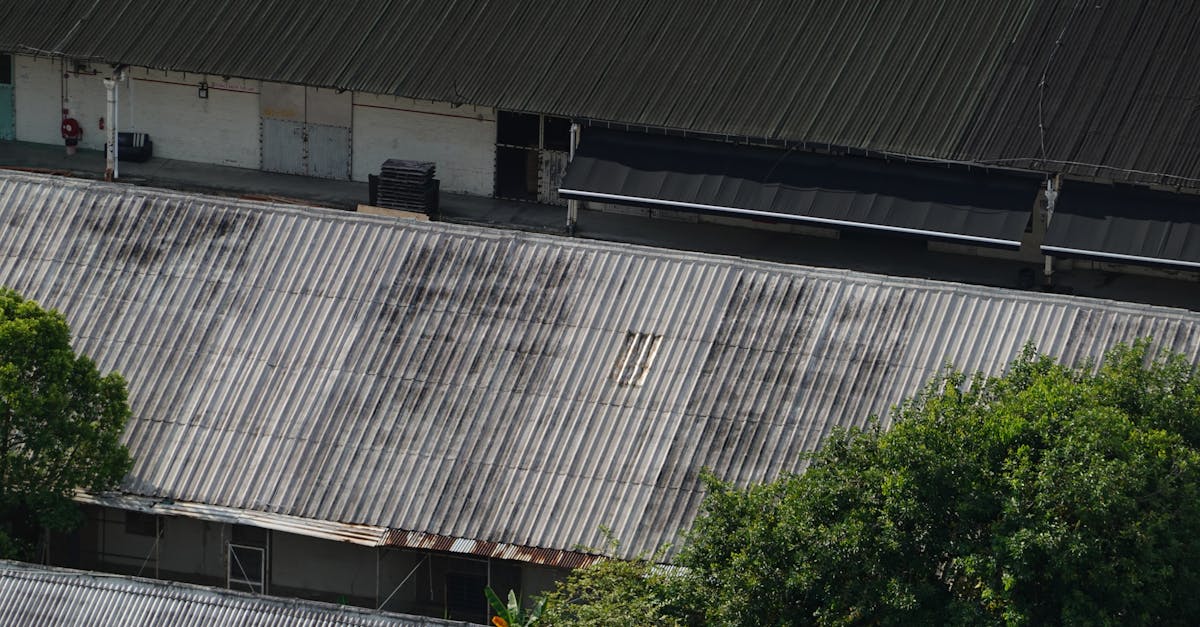Ceramic To Metal Roofing Replacement Australia

Table Of Contents
Ceramic To Metal Roofing Replacement Australia
When considering home improvements, one of the most significant factors to address is the roofing system. The decision to replace a roof can come with a hefty financial burden, particularly in areas like Sydney. Homeowners need to understand the implications of different materials, such as tile or ceramic, for their metal or aluminum roofing replacement. Ultimately, a crucial aspect of this decision is the Cost Of Roof Replacement Sydney, which can vary greatly depending on the materials selected and the complexity of the installation.
Additionally, the climate in Sydney plays a pivotal role in determining the best roofing solution for your home. Tile and ceramic surfaces are known for their durability and aesthetic appeal, but it’s essential to weigh these benefits against the overall cost of roof replacement sydney. By meticulously planning and considering all aspects of the roofing replacement process, homeowners can make informed decisions that not only enhance their property’s value but also ensure it remains resilient against the elements for years to come.
Advantages of Converting from Tile Roofs to Metal
Converting from slate roofing to metal brings multiple pros for homeowners. One significant benefit is longevity. Metal roofs are recognized for their ability to withstand harsh weather conditions, including heavy rain, snow, and strong winds. Such a durability means into a longer lifespan compared to traditional slate options. Furthermore, metal roofs are less heavy, making installation easier and more cost-effective for homeowners.
A further pro of changing to metal roofing is the efficiency of energy use. Aluminum roofing reflect sunlight, which can help decrease cooling costs during hot summers. Such reflective properties also assist to lower energy bills, while they also promote a more comfortable indoor environment. Additionally, many steel roofing options are designed to be environmentally friendly, making a greener choice for homeowners looking to improve their home's efficiency.
Importance of Changing from Metal Roofing in Sydney Area
Changing from metal roofing can be a notable step for property owners in New South Wales. The kind of roofing provides superior longevity to withstand severe weather conditions, which is important in this climate. Moreover, metal roofs demand less maintenance, saving homeowners time and money during the years.
A further benefit of changing from metal roofing is their energy efficiency. Metal roofs bounce back heat effectively, which can aid in lowering air conditioning costs during the hot summer months in New South Wales. Furthermore, these roofs are eco-friendly, often made from recycled materials and being fully recyclable at the end of their lifespan. Such blend of benefits makes this option to transition to metal roofing a wise investment for property owners in the area.
Frequent Issues During Upgrading Ceramic Roofing to Steel
Upgrading ceramic roofing to metal can pose several challenges for homeowners. An initial challenge is a weight difference between ceramic and metal materials. Ceramic roofs are generally heavier, which may require modifications to the existing roof structure to ensure the roof can support the new material. Additionally, a transition from one roofing type to the other often requires compliance with local building codes, which can add complications to the project.
A further common issue involves a possible for leaks or gaps during the installation process. Aluminum roofs require precise fitting and sealing to prevent water infiltration, which can lead to issues down the line. Improper installation techniques may not only compromise the roof's integrity but also lead to higher maintenance costs. Furthermore, a change in roofing style may also affect the home’s overall aesthetic, prompting residents to consider their choices carefully before proceeding.
Methods to Tackle Problems of Roof Transition
Replacing a metal roof instead of a ceramic roof can present various challenges. An initial concern is a stability of the existing framework. Before commencing the installation, it is essential to evaluate the condition of the underlying structure. Recognizing weaknesses in the frame can lead to complications during the replacement process. Performing necessary reinforcements can ensure a seamless transition to the new roofing material.
A significant issue that may arise is the adaptation of the roof's aesthetic. Metallic roofs can differ greatly in design compared to tile roofs. Property owners should consider how the new roof will integrate with the overall architecture of their home. Thoughtful planning and consultation with roofing professionals can help in selecting a style that complements the existing structure. These steps can considerably enhance both the efficiency and visual appeal of the home.
The Implementation Steps for Ceramic to Aluminum Roofing Replacement
Transitioning your slate roofing to metal can be a significant upgrade project. This installation steps requires careful preparation and the right materials. First, the old roofing must be carefully removed, as this ensures the solid base for the metal roofing.
Afterward, the installation of the replacement metal roofing is able to begin. This steps consists of installing each metal panels onto the ready structure. Correct sealing and fastening are vital to guarantee moisture resistance and longevity. In conclusion, the concluding inspection is crucial to confirm everything is installed correctly.
Guided Overview of Tile to Metal Fitting
Replacing your ceramic roof to a steel roof may look challenging at first. Nonetheless, by following a guided explanation, the process is easier. First, it is critical to inspect the existing tile roof for any damage or defects. Next, thoughtfully remove the tiles while confirming the underlying structure remains unharmed.
Once the tiles are removed, fitting the metal roofing demands proper preparation of the decking. This step involves adding a moisture barrier to safeguard the roof from water damage. Next, the metal panels can be secured to the roof structure with the appropriate fasteners. In conclusion, it is imperative to ensure all seams are sealed properly to avoid leaks. Wrapping up the project involves a thorough inspection to guarantee everything is placed correctly.